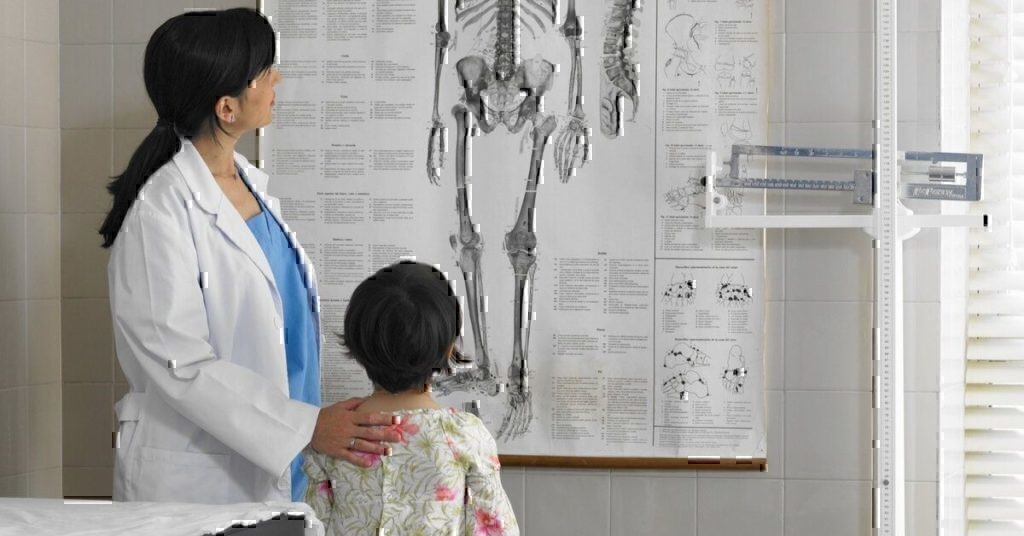From militarytimes.com
Children in military families insured by Tricare are more likely to have special health care needs, and more likely to have a behavioral health diagnosis compared to their civilian peers, according to a new study.
And Tricare-insured families are more likely to report lower health care quality and more problems with access to health care for their children, compared to other families who are commercially insured, publicly insured, or uninsured, according to the study, published in the August edition of the journal Health Affairs.
This is believed to be the first known study quantifying the prevalence of children with special health care needs and the prevalence of behavioral health care diagnoses in Tricare children, compared to their civilian peers, said two of the study’s authors who were interviewed by Military Times, Dr. David M. Rubin and Karen Ruedisueli. Rubin is director of PolicyLab and director of population health innovation at Children’s Hospital of Philadelphia. Ruedisueli is government research deputy director at the National Military Family Association.
According to the study, 28.5 percent of Tricare-insured children had at least one special health care need, compared to 20.2 percent of children overall. And 15.7 percent of Tricare children had a behavioral health diagnosis, compared to 11.6 percent overall.
“I think our data suggests, if you’re a healthy kid, the treatment facilities on base do a pretty good job of making sure kids get routine vaccinations, access to urgent care, those types of things,” Rubin said. “But the moment you have a special health care need, whether it’s behavioral health or a physical health care need, you end up in a cumbersome process trying to identify appropriate specialists and getting prompt access to those specialists that you need…..
“There’s a real urgent need to simplify the ways by which people get prompt access, particularly given the unique lives of military families.”
This study establishes some of the extra needs military kids have based on their families’ reports through this survey, Rubin said. It also indicates, he said, that “when there is a need identified, we’ve not yet achieved a level of access and responsiveness that most people would want to provide for military families.”
The military lifestyle is only a partial explanation for the differences in access and quality of care, Ruedisueli said. Under the best of circumstances, moving from one area to another every couple of years is going to present challenges in terms of health care, she noted. “But my work with families here at NMFA, and the situations I’ve helped them navigate, has certainly shown me that there are some barriers that military families face when they seek care that are unique either to the direct care system of military hospitals and clinics, or to Tricare.”
Military Health System officials have not yet reviewed the study, said Kevin Dwyer, spokesman for the Defense Health Agency. “MHS is committed to the delivery of safe, quality, accessible and patient-centered care for our service members, retirees and their families,” he said. “Our constant focus is ensuring we deliver timely and accessible care in accordance with the best available medical practice.”
Researchers looked at 84,783 children nationwide, ages 0 to 17, from households that participated in the Medical Expenditure Panel Survey in the period from 2007 to 2015. That scientific sample is representative of about 669 million children over those nine years, an annual average of about 74 million children. Of those, 2 percent were insured by Tricare; 37 percent had public insurance; 51 percent had commercial insurance; and 10 percent had no insurance.
The survey reports families’ perceptions. Families with commercial health insurance were more likely to report having accessible care – 50.4 percent, compared to 34.6 percent of Tricare families. The accessibility of health care for Tricare children was comparable to those on public insurance, and those not insured.
The survey asked about outcomes such as having a usual source of care; getting a routine appointment; getting necessary care; getting illness care when needed; getting referrals to specialist; getting accessible care; and whether the care was responsive.
“Addressing these gaps may require military leaders to examine barriers to achieving acceptable health care access across military treatment facilities and off-base non-military specialty providers, particularly for children with complex health or behavioral health needs,” the study’s five authors concluded. The lead author is Roopa Seshadri, a senior research scientist at PolicyLab at Children’s Hospital of Philadelphia.
Tricare-insured children ages 6 to 17 had the highest rate of behavioral health diagnoses, at 15.6 percent, compared with the overall rate of 11.6 percent, according to the study. For example, of those with commercial insurance, 10.7 percent had behavioral health diagnoses.
“I think it’s significant, and it doesn’t surprise me,” said Ruedisueli. “If you look at the time frame, it covers the years when families were facing back-to-back combat deployments. There was a significant amount of stress on the military during that time frame, and I would contend even to this day.
Read more at militarytimes.com.


